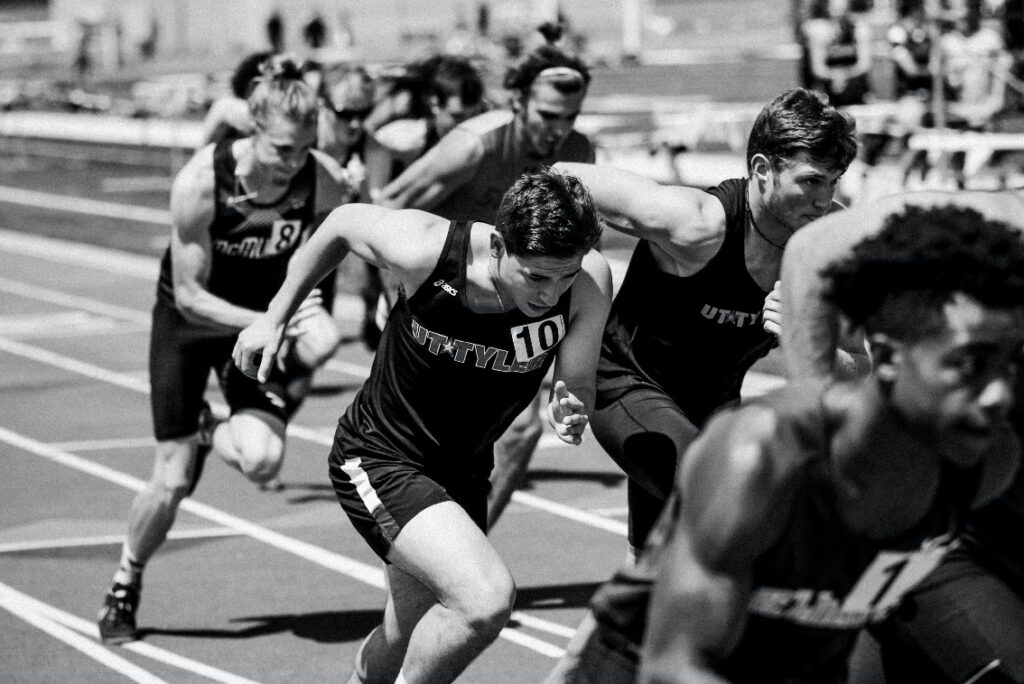The Most Common Track and Field Injuries

No matter what steps an athlete takes to remain strong and healthy, they are probably going to experience at least a few injuries over the years. Luckily, many of the most common injuries won’t cause permanent damage as long as the athlete catches the early warning signs.
Shin Splints
Very few injuries are as common as shin splints, and practically every active individual will deal with this condition at some point. Shin splints can be caused by a myriad of issues, and that includes poor gait mechanics, flat feet, improper footwear, and tight muscles. Once the pain has subsided and your legs have healed, you will need to figure out exactly what is causing your shin splints if you want to avoid that discomfort in the future.
Hamstring Strains
Many track and field events put an incredible amount of strain on the hamstrings, and that can result in major injuries. A hamstring strain is typically characterized by sharp pain around the back of the legs and muscle stiffness. To treat this condition, you will need to rest the hamstrings until the pain and stiffness have disappeared. You can prevent future flare-ups by improving your form and flexibility.
Stress Fractures
Another common injury among track and field athletes is the stress fracture, and that medical issue can be extremely painful. A stress fracture occurs when a weakened bone is continuously used until a hairline fracture occurs. Stress fractures usually take place in the feet, but hairline fractures are common in the legs as well. Treating a stress fracture requires plenty of patience, and you will need to immobilize the injured site for at least two or three weeks. After that time, you can gradually ease your way back into training.
Jumper’s Knee
Also known as patellar tendonitis, jumper’s knee is a painful injury that typically occurs when the patella isn’t moving naturally. Over time, that condition can result in range of motion problems, inflammation, and chronic discomfort. If you notice any pain on the inside or outside of the knee that lasts for more than a few days, then you should immediately contact a sports medicine doctor to explore all of your treatment options.
As an athlete, you must always put your health first, and that means you can never ignore any aches or pains. Even a relatively minor injury can become a lifelong health complication if you don’t treat it right away.
Brooke Chaplan is a freelance writer and blogger. She lives and works out of her home in Los Lunas, New Mexico. She loves the outdoors and spends most of her time hiking, biking, and gardening. For more information, contact Brooke via Facebook at facebook.com/brooke.chaplan or Twitter @BrookeChaplan










